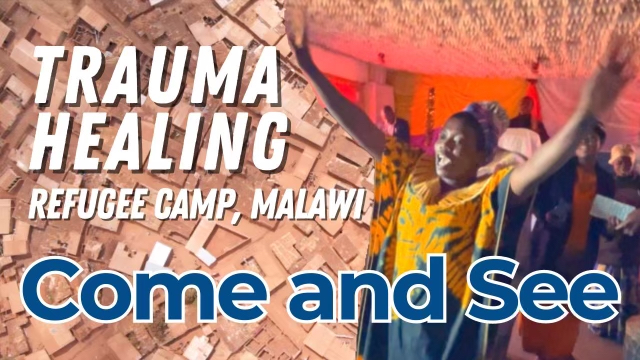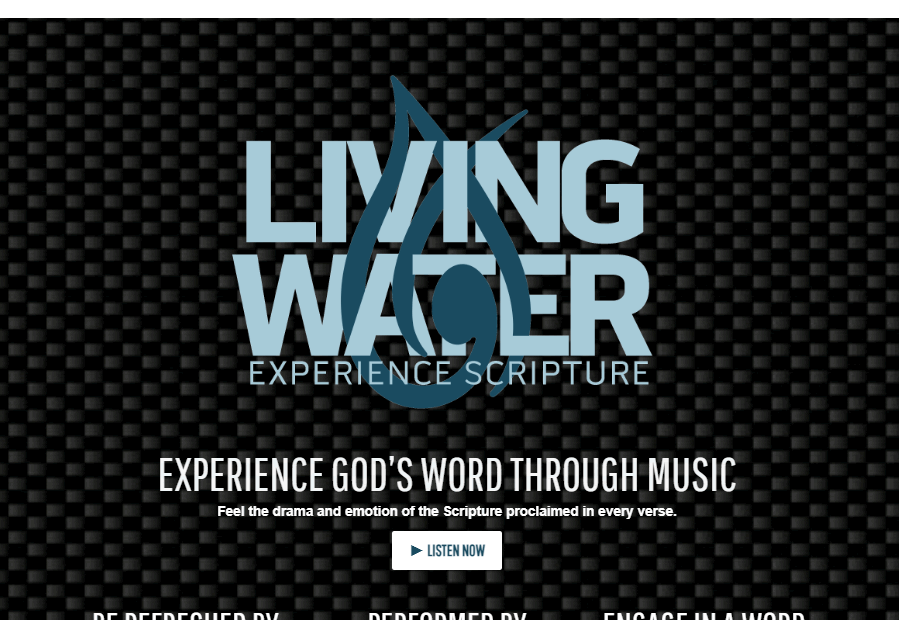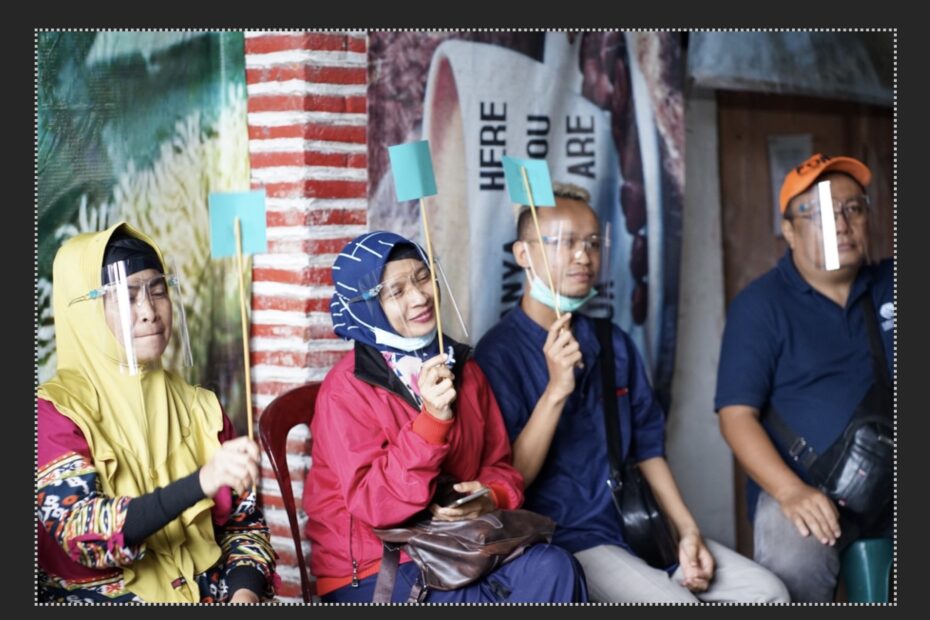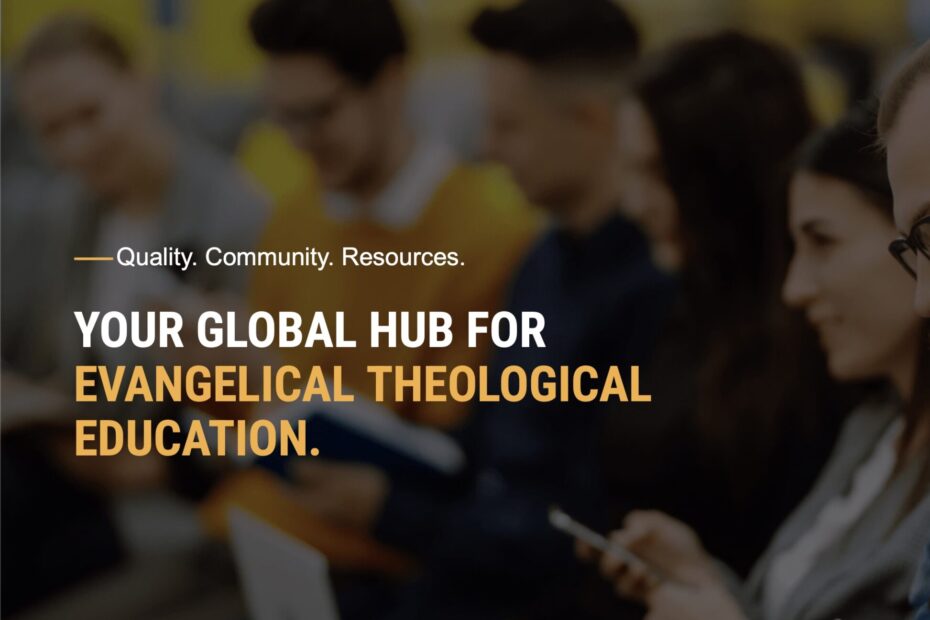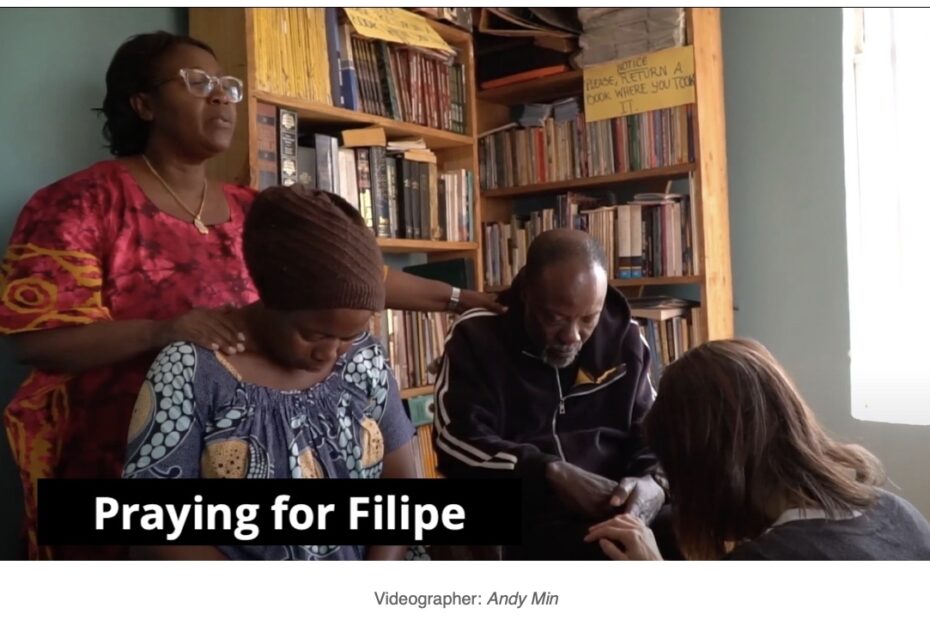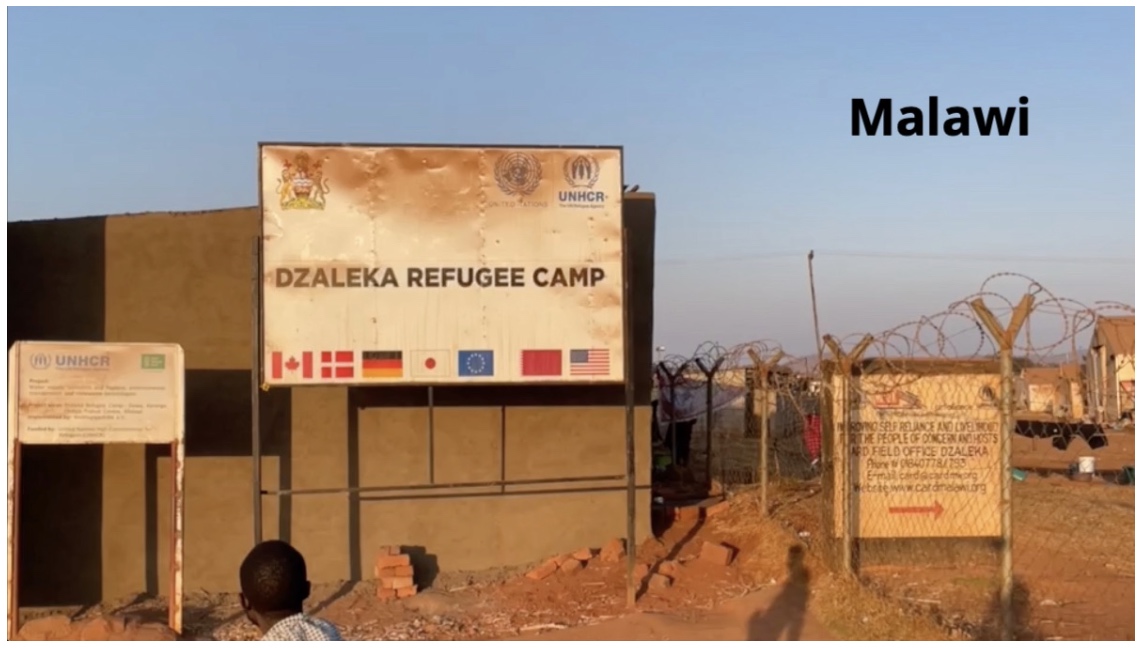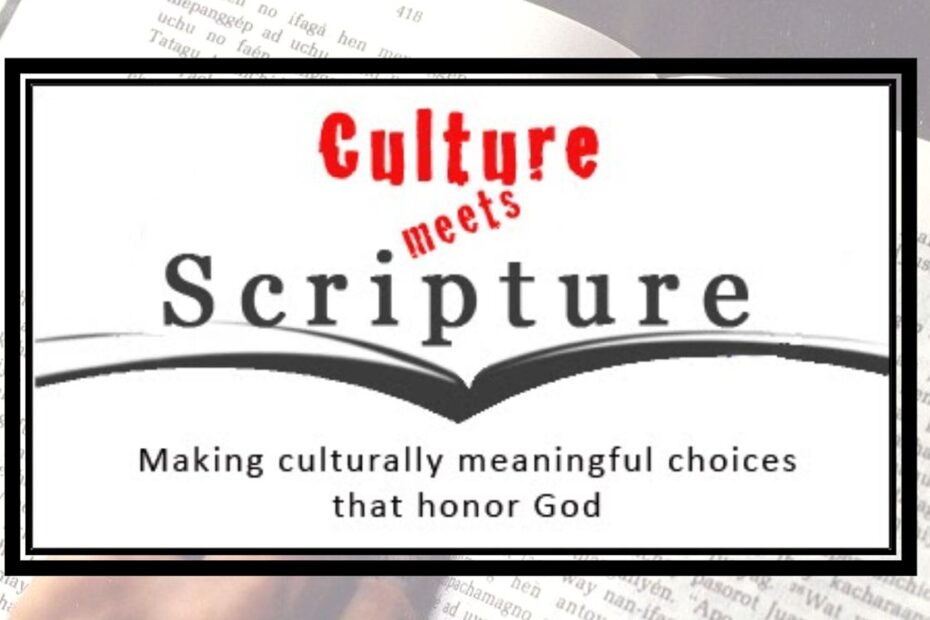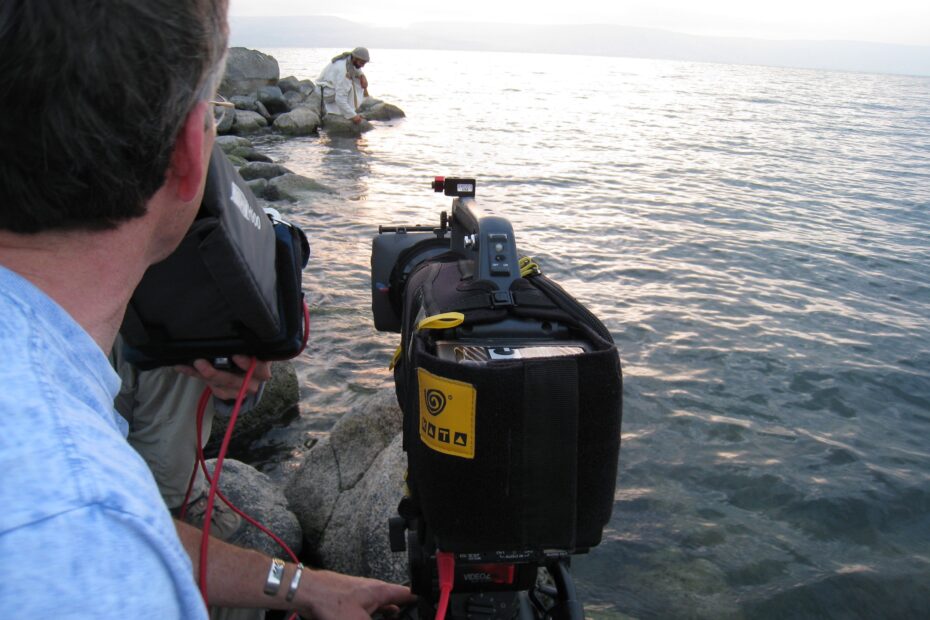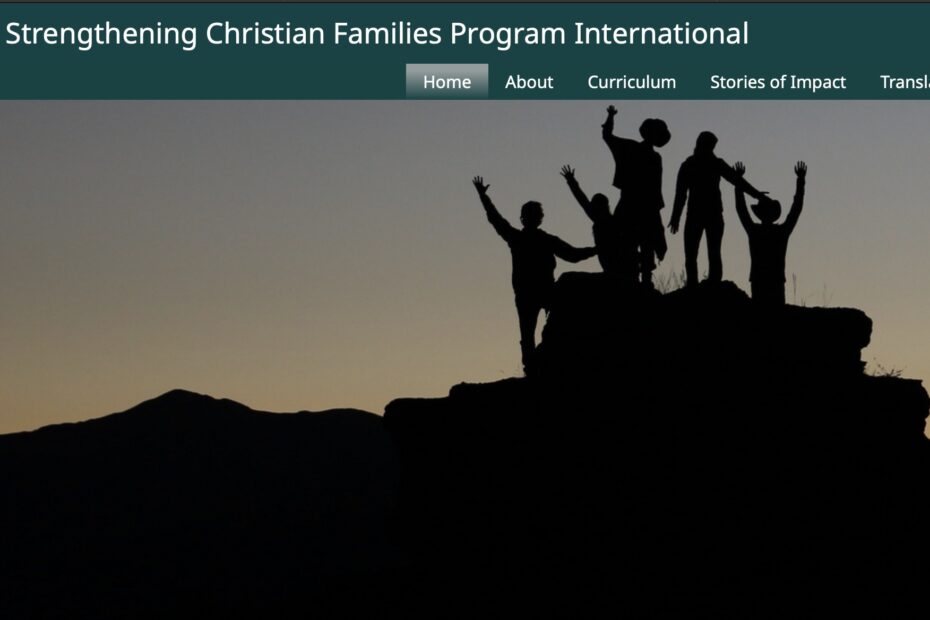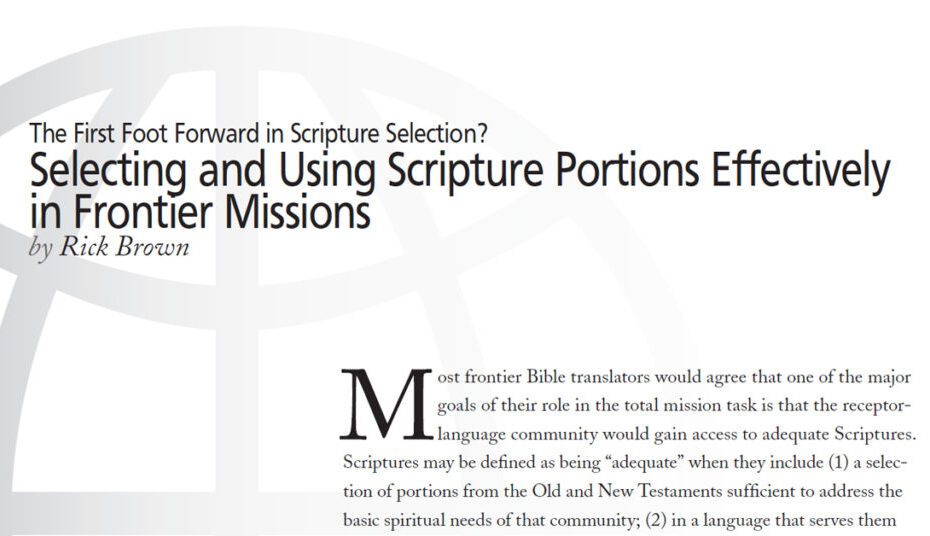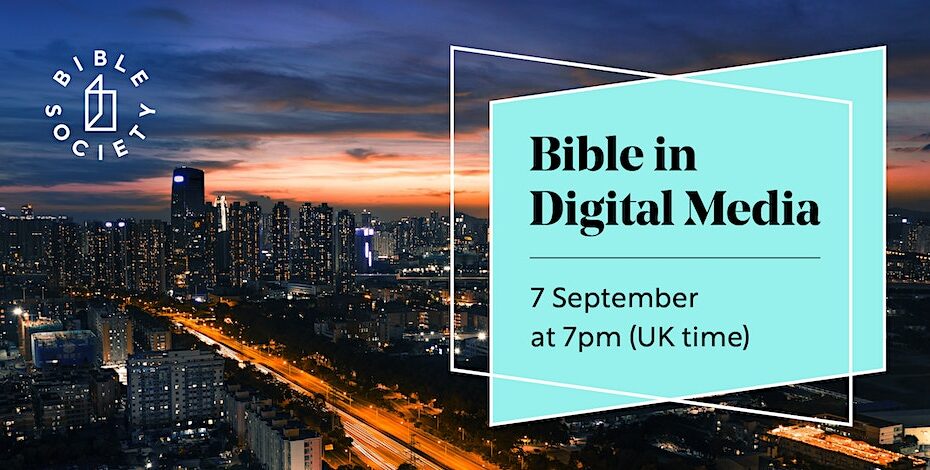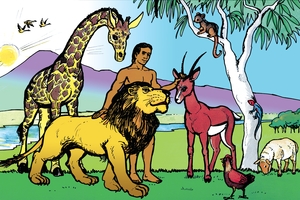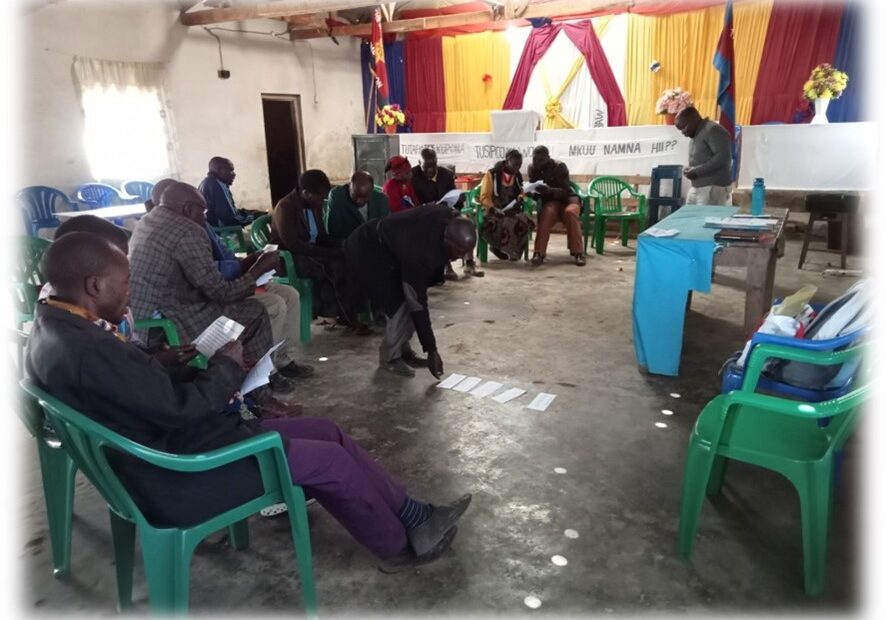
The Bible Engagement Workshop is a free online virtual learning hub by SGM Canada where participants are equipped to receive, reflect, remember, and respond to the Bible. The Bible Engagement Workshop takes the form of video blogs using PowerPoint presentations that are ±13 minutes long.
Because everyone is unique, people engage with the Bible in different ways. So, the workshops teach a variety of Bible engagement approaches suited to visual, auditory, reading/writing, or kinesthetics learners. In addition to teaching Scripture engagement practices, the workshops provide instruction on the principles and paradigms of Bible engagement.
Read More »Bible Engagement Workshop
